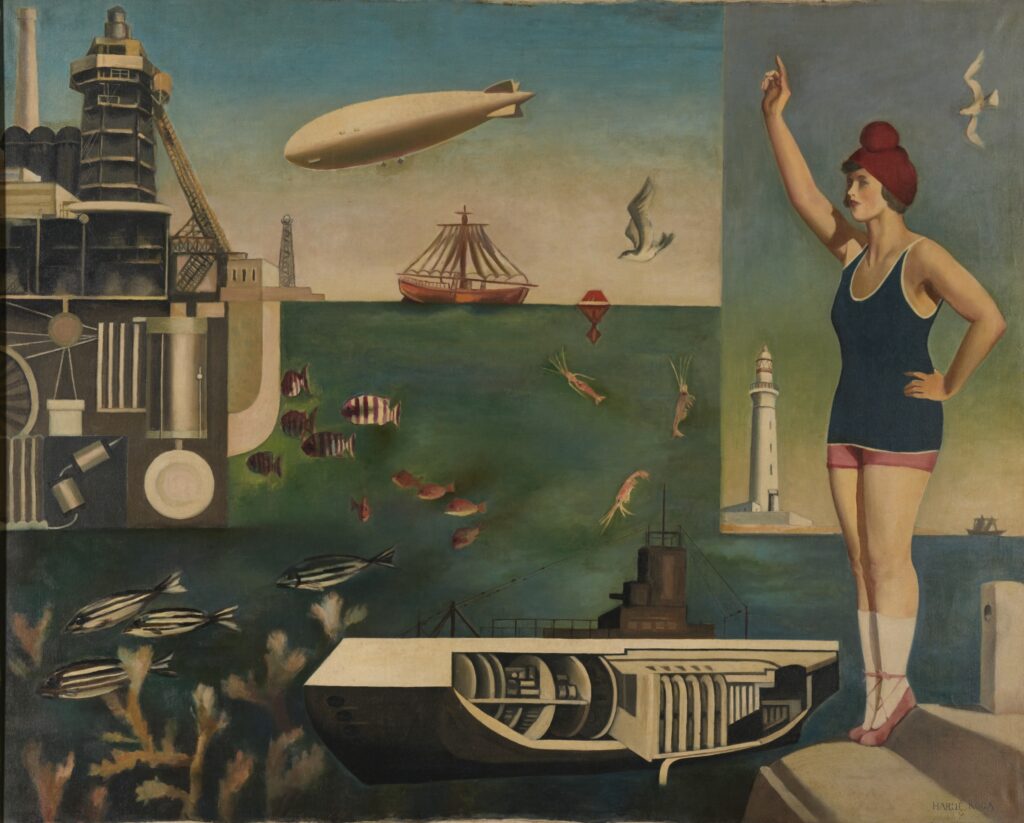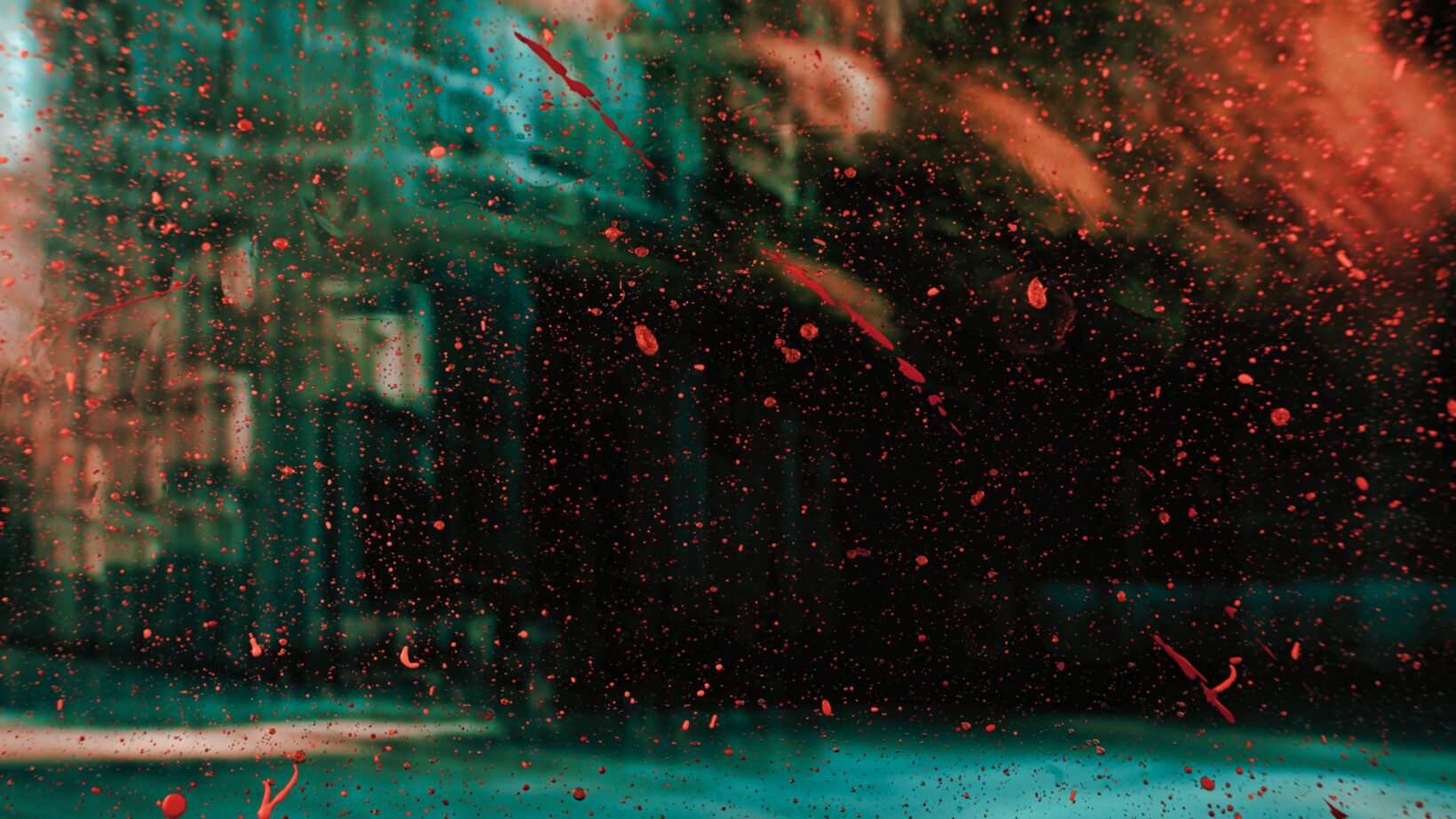When surrealism was born in Paris a hundred years ago it was revolutionary. Can it still shock us today? An exhibition at the Tate Modern aims to find out.

A game-changer at its birth in Paris in the 1920s, the Surrealist art movement dared audiences to consider new ideas. Dreams were plundered and rulebooks ripped up and made into collages of violins, flies, and giant eyeballs in the name of the possibility of impossibilities. Cues were taken from emerging fields of psychoanalysis and the notion of parallel realities. Surrealist founding father André Breton emphasised the importance of psychic automatism, a trance-like state where the artist surrenders control and allows the subconscious to create, and dépayesment – or estrangement – where the artist attempts to create a condition that invites beholders to see an object as if for the first time (thus rendering them surreal). However, some ninety years after its inception, is Surrealism still relevant today? And, really, do we need another large-scale exhibition of Surrealist art? According to the Tate Modern gallery in London, the answer is yes.
It’s a long time since owning a print of Salvador Dalí’s ‘Corpus Hypercubus’ was the preserve of the cognoscenti, and even longer since his melting watches warranted anything other than a shrug. It’s arguable that the day, sometime back in the 2010s, that Lady Gaga’s marketing team saw Surrealism as a mood board theme, and stitched her into a dress made of meat and a lobster hat, is the day that serious Surrealism drew its last breath. The original Surrealists had the ability to shock and to communicate absurdity in new and thrilling ways. But not only are we now unshockable, but we’re also subject to absurdity on an almost daily basis. What could be any more surreal than a cartoon businessman and reality TV host becoming the president of the most powerful country in the world? Or a freewheeling prime minister that is a walking, talking contradiction? Should we be asked to gasp at the notion of parallel metaphysical realities and the power of dreams in a time when the AI and VR realms of the metaverses are reaching more and more people? And then there’s the memes and TikTok videos of skateboarding chickens and unhappy cartoon apes, all pretty surreal. Swaggering and dangerous as it may well have been, nowadays original Surrealist art can look quaint and dotty.
Maybe it’s the sheer surrealism of our times that’s driven the curatorial team at the Tate Modern to cook up the ‘Surrealism Beyond Borders’ exhibition that opens later this month (having originated at New York’s Metropolitan Museum of Art last year). We’re surrounded by surreal stuff right now so, hey, how about an exhibition that shows how it all started? And, given its ubiquity, perhaps Surrealist artwork itself is now so familiar that viewers see it as a kind of security blanket – something that nourishes the eye and reassures the soul. Surreal as it may sound, this is Surrealism as comfort food.
From a commercial viewpoint, the coronavirus pandemic has had a decimating effect on finances in the arts sector, and the Tate group of galleries are no exception. In December 2020 the Tate announced it was cutting 120 gallery staff roles as part of a £4.8m cost-cutting process that it said was essential for it to survive the pandemic’s impact. Creating accessible, large-scale group exhibitions on safe themes is a sensible way of increasing visitor figures and clawing back lost cash. It’s a neat trick, and one that works.
Part of a curator’s job, especially when dealing with a finite amount of artwork made by artists and movements that are part of history (and, therefore, no longer producing work) is to come up with new ways of presenting the same canon. The angle for ‘Surrealism Beyond Borders’ is to present pieces by artists from countries other than the original French epicentre, as well as those working after the movement’s heyday. Curators from the Tate and the Met took an unsigned drawing from the 1920s called ‘Le monde au temps des Surrealists’ as their starting point for the exhibition. Here, the anonymous artist has drawn a world map but with the countries and oceans elongated and mangled, changing, discarding, and undoing existing borders. This spaghetti-like work led to the team re-thinking Surrealism in terms of territory; to see it as a fluid, worldwide phenomenon.
This move away from the traditional Western and European views of Surrealism means that the work on show can include pieces from Argentinian figurative painter, Antonio Berni, Japanese collage artist Toshiko Okanoue, and Sri Lankan photographer Lionel Wendt. There’s artwork from Hans Bellmer, the German artist who created frankly terrifying, life-size dolls in the 1930s, and Art et Liberté, the Cairo collective that was active in the 1930s, along with contributions from artists and writers based in Mexico, Puerto Rico, and the Philippines, among others. One highlight is an artwork from the late Ethiopian artist, Skunder Boghossian. Made in 1964, his ‘Night Flight of Dread and Delight’ is a luminous mix of paint and collage that features other-worldly creatures swirling against a starry sky. Another showstopper comes from painter Koga Harue, whose ‘Umi’ painting from 1929 explores the Japanese theories of Scientific Surrealism, wherein new technologies are celebrated and drawn into the creative sphere. Alongside the work from international artists, there’s also a clutch of old favourites from members of the original Surrealist crew on display, including René Magritte’s painting ‘Time Transfixed’ and Dalí’s ‘Lobster Telephone’. Breton’s automatism is addressed head-on in a set of pieces that includes photographs by Françoise Sullivan, a member of the 1940s Canadian art movement Les Automatistes. The group used automatism to reach new heights of expression, and Sullivan’s photos show her performing an improvised dance on snowy, blowy hillsides.
This is a big exhibition, with 150 artworks on display. And it succeeds in telling the story of how Surrealism has become so embedded as a style and way of thinking across the world. However, there’s another theme that dips in and out of the survey – that of creating work during times of conservatism. From the original Surrealists rejection of colonialism and the imperialist ambitions laid bare by the First World War, and Art et Liberté’s rejection of the UK government’s interference in their lives in Egypt, to Enrique Grau and Cecilia Porras’s use of photography as a comment on the 1950s Colombian government’s shift to the right, this is creativity as crucial political comment. So, while Surrealist artwork may offer comfort in its familiarity, it also works as a potent reminder that art must be used as a weapon of protest too.
Surrealism Beyond Borders runs at the Tate Modern gallery in London from February 24th – August 29th 2022.
Simon Coates is a London-based artist, writer and curator. He is also the founder of the arts and activism platform Tse Tse Fly Middle East.Surrealism Beyond Borders runs at the Tate Modern gallery in London from February 24th – August 29th 2022.







